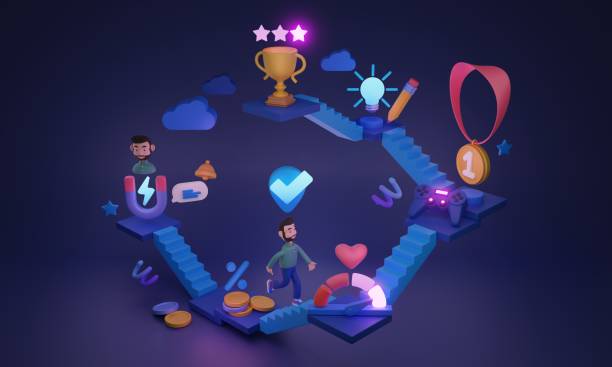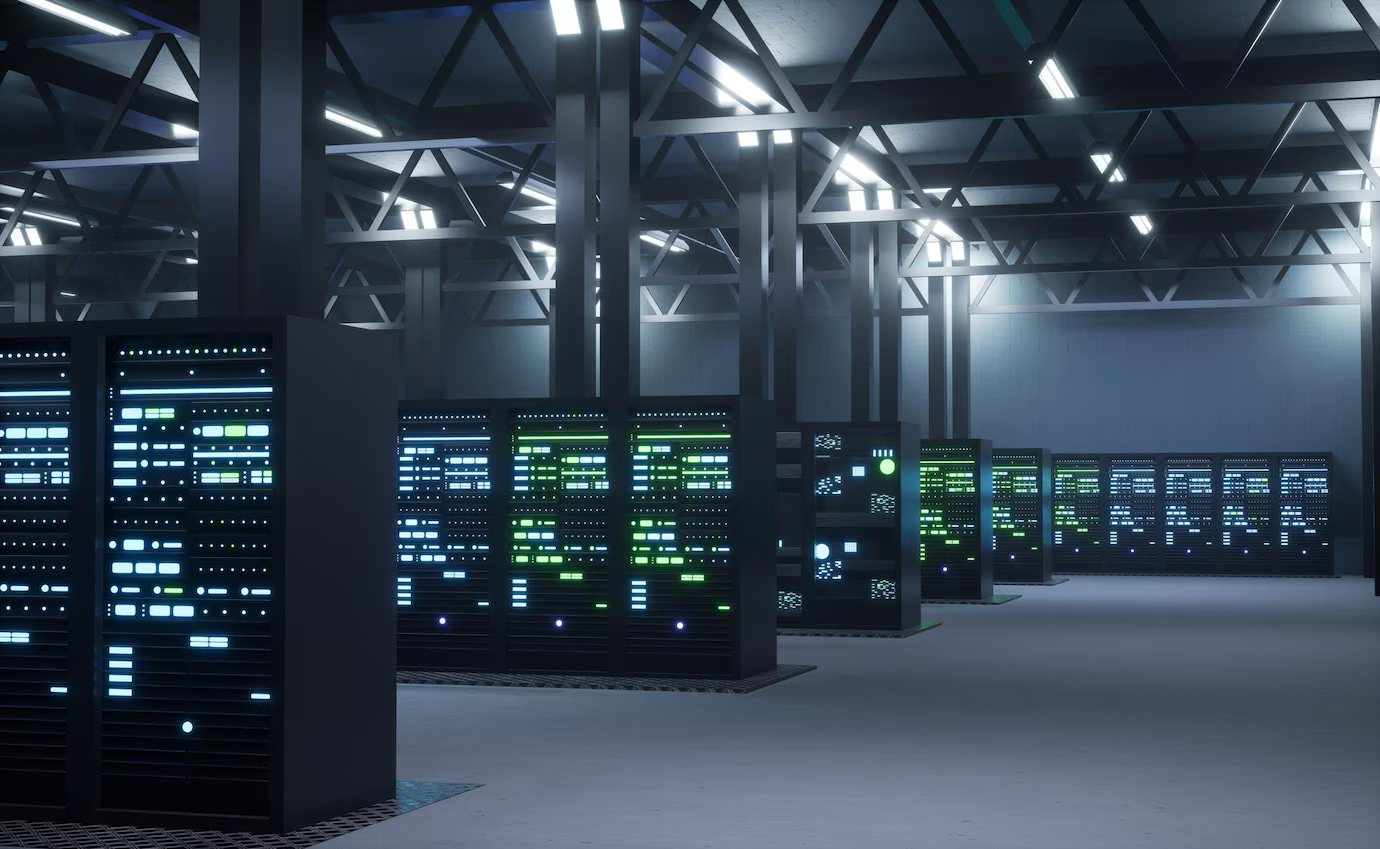In today’s fast-evolving market landscape, customer engagement is more than a buzzword—it’s a core driver of brand loyalty and long-term success. As traditional reward systems lose their charm, businesses are turning to gamified loyalty programs to breathe new life into customer retention strategies. By incorporating game mechanics into loyalty initiatives, brands can make interactions more exciting, rewarding, and addictive in a positive way.
Gamified loyalty programs appeal to a basic human instinct: the desire to achieve, win, and be recognized. By leveraging this psychology, brands are not only incentivizing repeat purchases but also fostering deeper emotional connections with customers. The result? Increased engagement, stronger loyalty, and more profitable relationships.
What Are Gamified Loyalty Programs?
Gamified loyalty programs are loyalty schemes infused with elements of gaming. Unlike traditional systems that offer points for purchases, these programs introduce challenges, levels, badges, leaderboards, and interactive tasks that customers can complete to earn rewards. These mechanics make the customer journey more engaging and encourage ongoing participation.
Gamification is not about turning everything into a game—it’s about making loyalty feel like a rewarding experience. Whether it’s unlocking new levels for exclusive offers or competing with others on a leaderboard, these programs create a sense of fun and accomplishment.
Key Features of Gamified Loyalty Programs
The success of gamified loyalty programs lies in their ability to provide variety, instant gratification, and social connection. Below are some essential features:
1. Points and Progression
Customers earn points for different actions—purchases, reviews, referrals, social media shares, or even just visiting the app or website. These points often help users “level up,” unlocking new benefits or tiers.
2. Achievements and Badges
Just like in video games, customers can earn badges or certificates for completing certain milestones. These serve as visual symbols of achievement and encourage users to keep progressing.
3. Challenges and Missions
Brands can set up missions—like “Buy 3 coffees in a week” or “Refer 2 friends this month”—that reward customers with bonus points or exclusive perks upon completion. These timed objectives add urgency and excitement.
4. Leaderboards and Social Sharing
Seeing one’s name on a leaderboard or comparing progress with friends taps into competitive instincts and increases engagement. Social sharing of badges and achievements also promotes the brand organically.
5. Surprise and Delight Elements
Random rewards or surprise gifts keep the experience fresh. Unexpected recognition can make customers feel truly valued.
Benefits of Gamified Loyalty Programs
Businesses across industries—from coffee shops to airlines—are embracing gamification for its numerous benefits:
- Increased Engagement: Game elements drive regular interaction, keeping customers connected to the brand.
- Stronger Emotional Loyalty: Completing challenges and earning rewards creates a personal bond between the customer and the brand.
- Higher Customer Retention: Engaged users are more likely to stay loyal and resist switching to competitors.
- Valuable Customer Insights: Every interaction provides data that can be used to personalize future offers and experiences.
- Organic Promotion: Gamification encourages customers to share their achievements on social media, bringing in new users.
Real-Life Examples of Gamified Loyalty in Action
Some of the world’s most successful brands have effectively implemented gamification in their loyalty strategies:
- Starbucks Rewards: Starbucks frequently uses challenges like “Buy 3 lattes this week to earn 50 bonus stars.” This approach boosts frequency of visits and adds an element of fun.
- Nike Run Club: While not a traditional loyalty program, Nike’s app uses gamification brilliantly—rewarding runners with achievements, badges, and challenges, all tied to Nike gear and services.
- Sephora Beauty Insider: Sephora enhances its loyalty offering with a tiered structure and exclusive experiences for higher levels, making members aspire to reach the next status.
- Domino’s Piece of the Pie Rewards: Domino’s encourages customers to place orders via their app and participate in interactive promotions, making the loyalty journey more engaging and rewarding.
These brands demonstrate that gamified loyalty programs don’t just reward purchases—they create immersive customer experiences.
Implementing a Gamified Loyalty Program
Introducing gamification into your loyalty program doesn’t require a massive overhaul. Follow these steps to get started:
1. Understand Your Audience
What motivates your customers? Are they competitive, social, or reward-driven? Tailor game mechanics to suit their behavior.
2. Start Simple
Introduce basic gamified elements like badges, point multipliers, or small challenges. Complexity can grow with time as customers become more engaged.
3. Use the Right Technology
Choose a loyalty platform that supports gamification features. Integration with CRM and e-commerce tools will help personalize experiences and track performance.
4. Set Clear Goals
Each element of your gamified program should tie back to a specific goal—like increasing frequency of visits, boosting average order value, or encouraging referrals.
5. Promote Your Program
Let customers know about the new features. Use emails, in-app notifications, and social media to educate users and keep them excited.
Measuring Success
The effectiveness of gamified loyalty programs can be evaluated through several key metrics:
- Engagement Rate: Frequency of user interaction with the program.
- Redemption Rate: Percentage of earned rewards that are redeemed.
- Customer Retention: How well the program retains users over time.
- Referral Rate: How often customers invite others to join.
- Customer Lifetime Value (CLV): Total value generated by a customer over their relationship with the brand.
Tracking these metrics allows businesses to optimize their strategies and provide more meaningful experiences.
Incorporating gamification in customer loyalty not only enhances engagement but also transforms ordinary interactions into memorable brand experiences that foster long-term retention.
Challenges to Consider
While gamification offers many benefits, it also comes with challenges:
- Overcomplication: Too many game elements can confuse or overwhelm customers.
- Unclear Rewards: If rewards aren’t perceived as valuable, customers may lose interest.
- One-Size-Fits-All Approach: Gamification must be tailored to your audience’s preferences.
To overcome these issues, regularly seek customer feedback and make adjustments to keep the experience fresh and relevant.
Conclusion
In a marketplace saturated with loyalty programs, gamified loyalty programs offer a powerful way to differentiate your brand and create stronger, longer-lasting customer relationships. By tapping into the psychology of play, businesses can boost engagement, drive repeat purchases, and create a customer experience that is not only rewarding but genuinely enjoyable.
With the right strategy, tools, and creativity, gamification can elevate your loyalty program from ordinary to extraordinary—turning customers into enthusiastic participants and lifelong fans.


